Understanding Seasonal Water Quality Challenges in Wasatch County

Seasonal changes have a significant impact on water quality, particularly in regions like Wasatch County, Utah. This area is characterized by unique geographical and climatic features, contributing to notable seasonal variations. These changes are essential to understand as they influence local water sources and quality.
Wasatch County experiences distinct seasonal shifts, with cold winters and warm summers. These variations are driven by its mountainous terrain and high elevation, leading to temperature fluctuations and varied precipitation patterns. Such changes play a critical role in water quality, affecting potential contaminants and natural events.
The Role of Temperature in Water Quality
Temperature fluctuations throughout the year significantly impact water quality in Wasatch County. During warmer months, higher temperatures can promote the growth of waterborne pathogens and algae blooms. This is particularly concerning as these elements can compromise water safety and quality.
In contrast, colder temperatures in winter influence the mineral content and hardness of water. As temperatures drop, certain minerals become more soluble, affecting water's overall composition. Understanding these dynamics is crucial for maintaining water quality. For a deeper insight into temperature's impact on water quality, refer to this article.
Precipitation Patterns and Their Effects on Water Sources
The varying precipitation levels in Wasatch County, including rain and snowmelt, also affect water quality. Heavy rainfall can lead to runoff and erosion, increasing sediment and pollutant levels in water bodies. This runoff can carry contaminants from the land into water sources, posing risks to water quality.
Snowmelt is another factor that can introduce contaminants and affect water clarity and safety. As snow melts, it can pick up pollutants accumulated over the winter, impacting local water sources. These patterns highlight the need for effective water management strategies to mitigate these risks.
Waterborne Pathogens and Seasonal Risks
Different seasons bring varying risks of waterborne pathogens in Wasatch County. Warmer months can see an increase in pathogens like Giardia and Cryptosporidium, which thrive in higher temperatures. Seasonal changes can influence the prevalence and spread of these pathogens, posing health risks to residents.
Local news has reported past incidents of waterborne disease outbreaks in the area, emphasizing the importance of monitoring and addressing these risks. For guidelines on waterborne pathogens and prevention, consult the Prevention of Food and Water Borne Illness guide.
Implications for Residential Water Treatment Needs
Given these seasonal variations, adjustments in residential water treatment systems are necessary. Having adaptable water treatment solutions is essential to address these seasonal challenges effectively. Professional water treatment services play a vital role in ensuring safe and clean water year-round, tailored to local conditions.
Season-Specific Maintenance Tips for Water Filtration Systems
Maintaining water filtration systems throughout different seasons is crucial for consistent water quality. Regular inspections and filter replacements are necessary to adapt to changing water conditions. Preparing systems for seasonal transitions, such as winterizing outdoor equipment or adjusting settings for peak summer use, can prevent issues and ensure optimal performance.
The Impact of Climate Change on Seasonal Water Quality
Climate change is altering seasonal patterns, impacting water quality in Wasatch County. Potential long-term changes in precipitation and temperature could further affect local water sources. Proactive water management and treatment strategies are essential in response to these changes, ensuring sustainable water quality for the future.
Community Efforts and Initiatives to Protect Water Quality
Local government and community initiatives are crucial in protecting water quality amid seasonal changes. Educational programs, conservation efforts, and infrastructure improvements are being implemented to safeguard water resources. Residents can actively participate in these efforts, contributing to the community's water quality protection.
Expert Opinions on Managing Seasonal Water Quality Challenges
Local water quality experts and environmental scientists provide valuable insights into managing seasonal water quality challenges. Their recommendations for residents and local authorities are essential in addressing these issues effectively. Innovative solutions and technologies are being proposed and utilized in the region to enhance water quality management.
Conclusion: Ensuring Safe Water Year-Round in Wasatch County
Understanding the seasonal impacts on water quality is essential for residents in Wasatch County. By adapting water treatment systems and practices to address these variations, the community can maintain safe and clean water. Ongoing awareness and proactive measures are key to safeguarding water quality and ensuring the health and well-being of all residents.
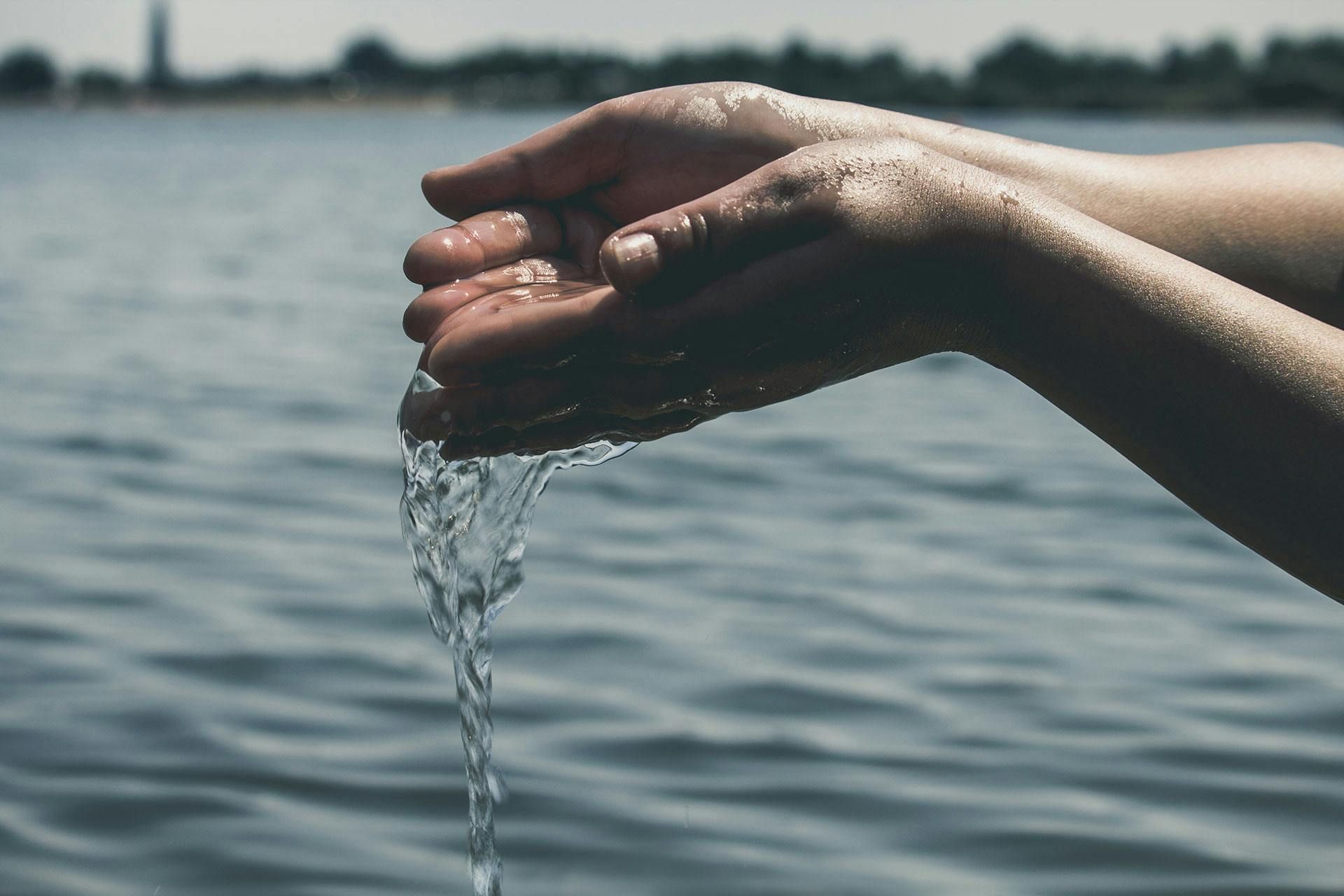



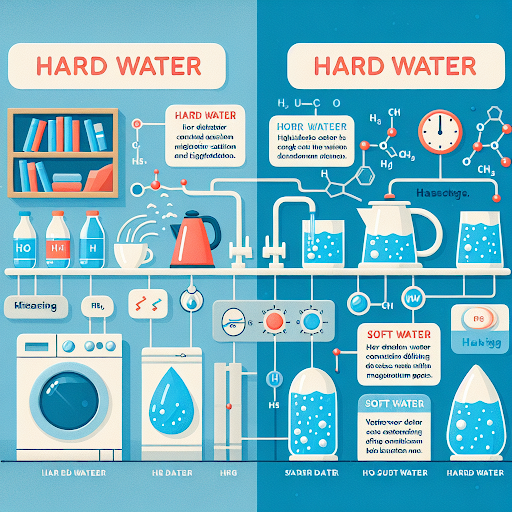
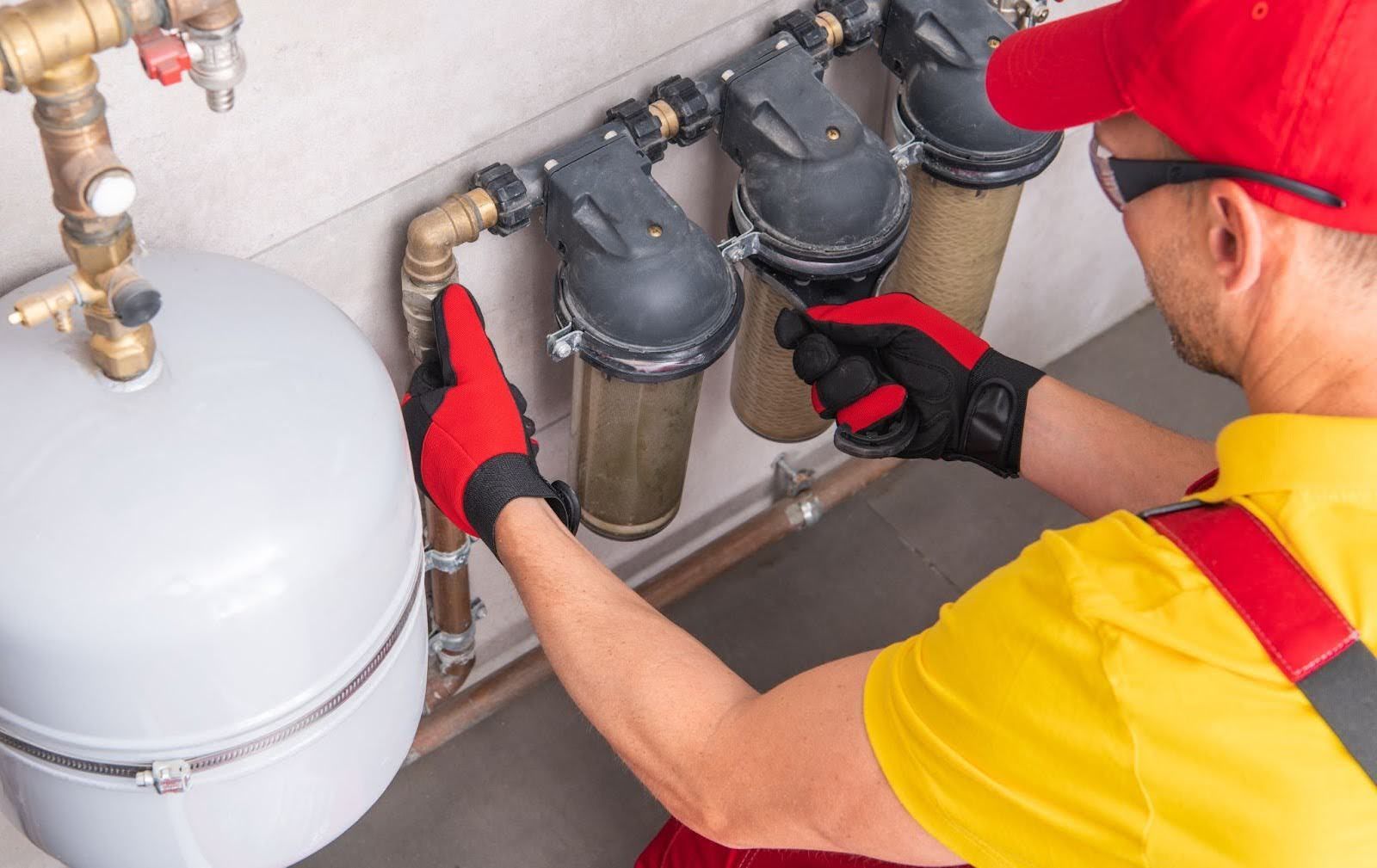

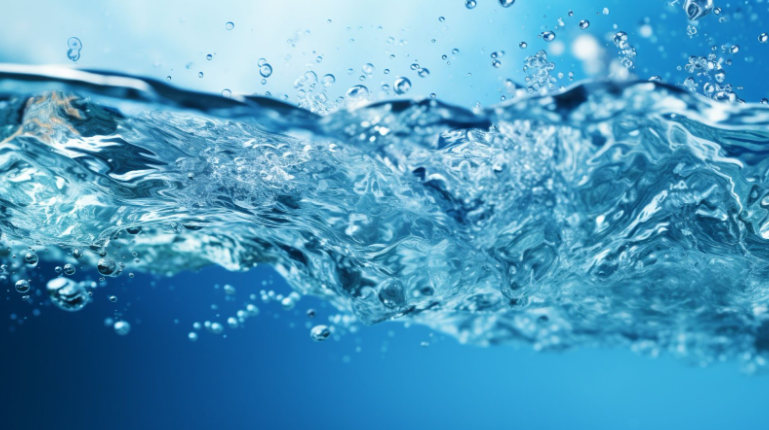

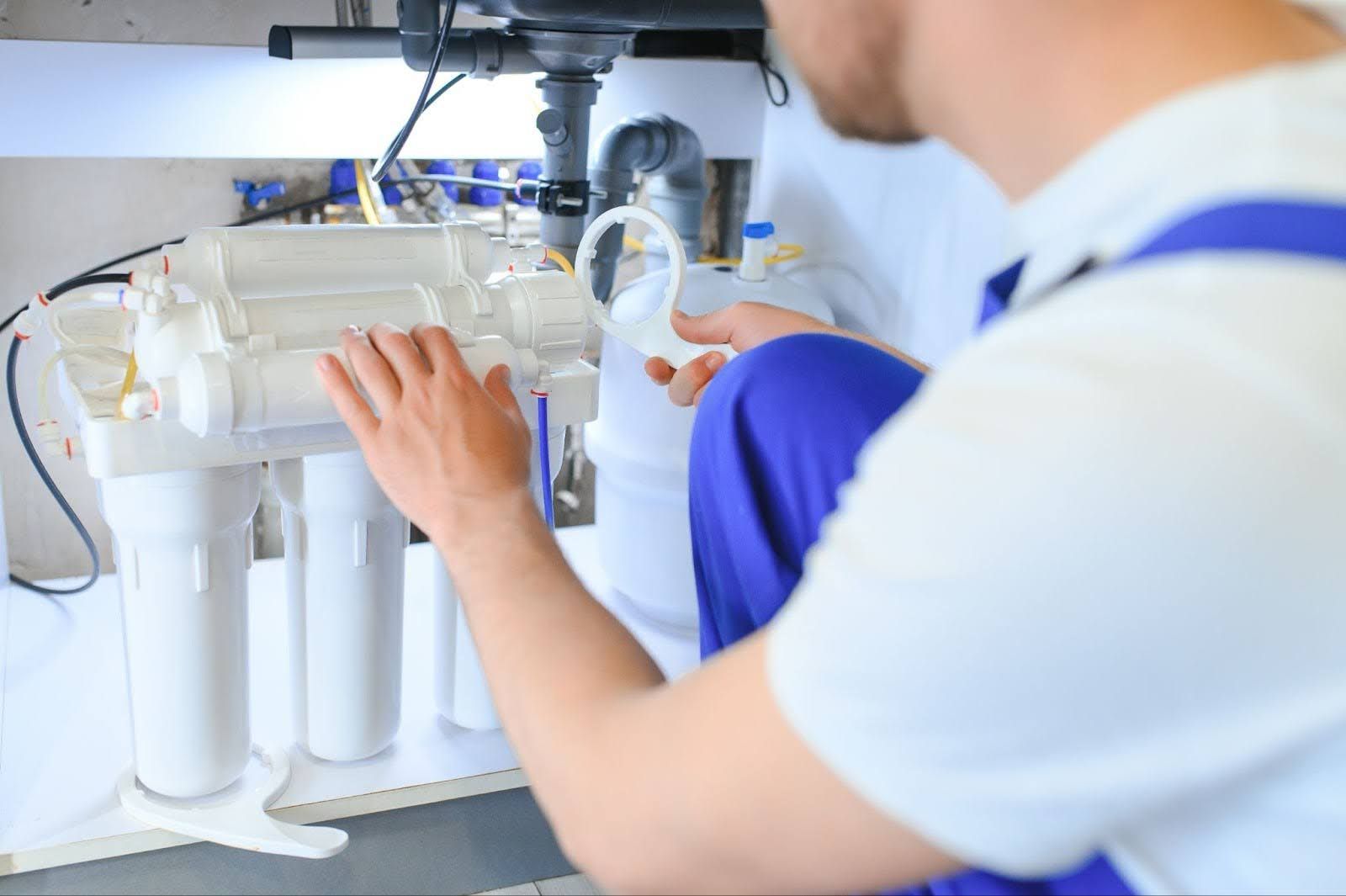

6420 N Business Park Loop Rd, Park City, UT 84098, United States of America
All Rights Reserved | Water Science
